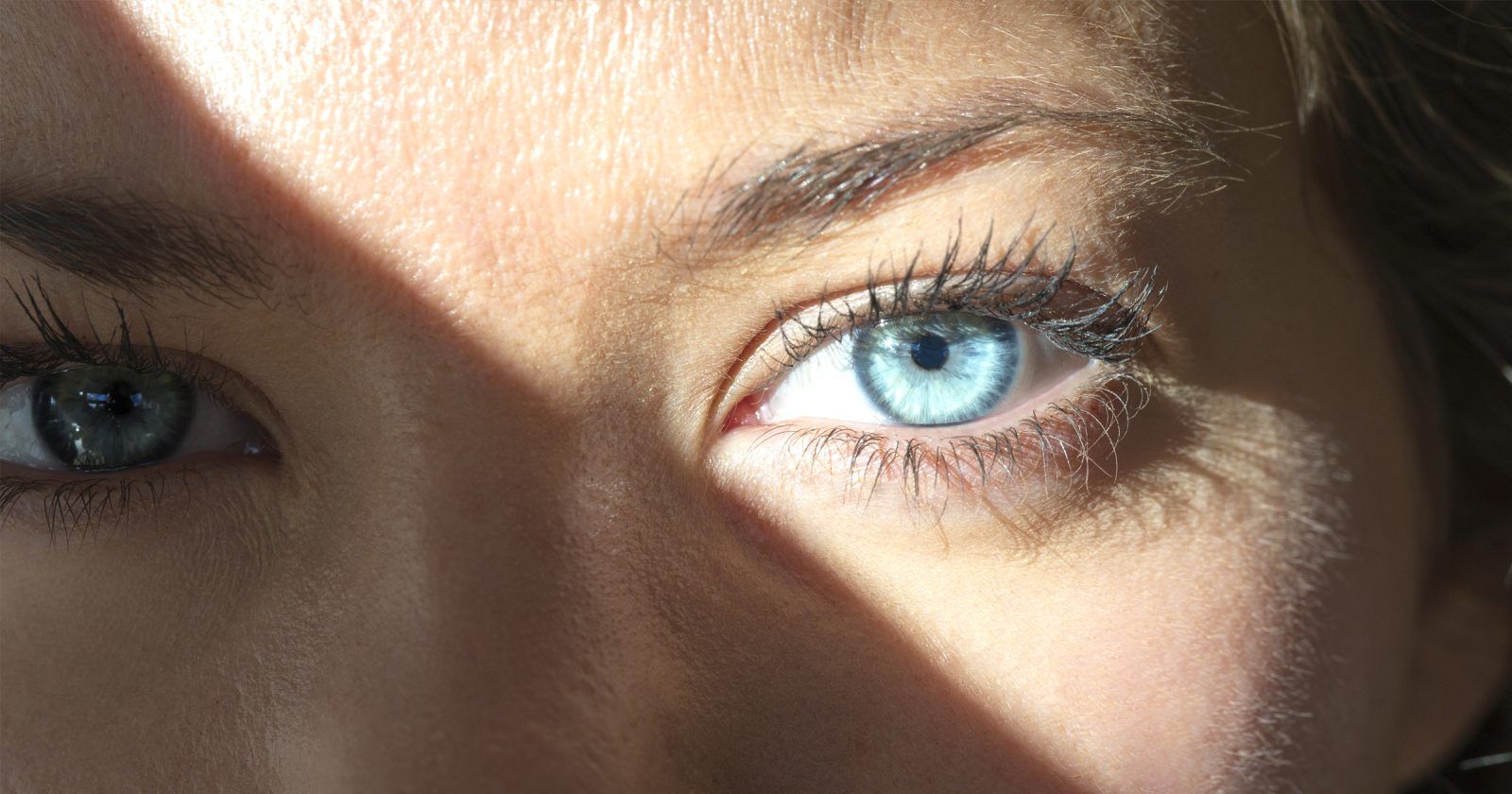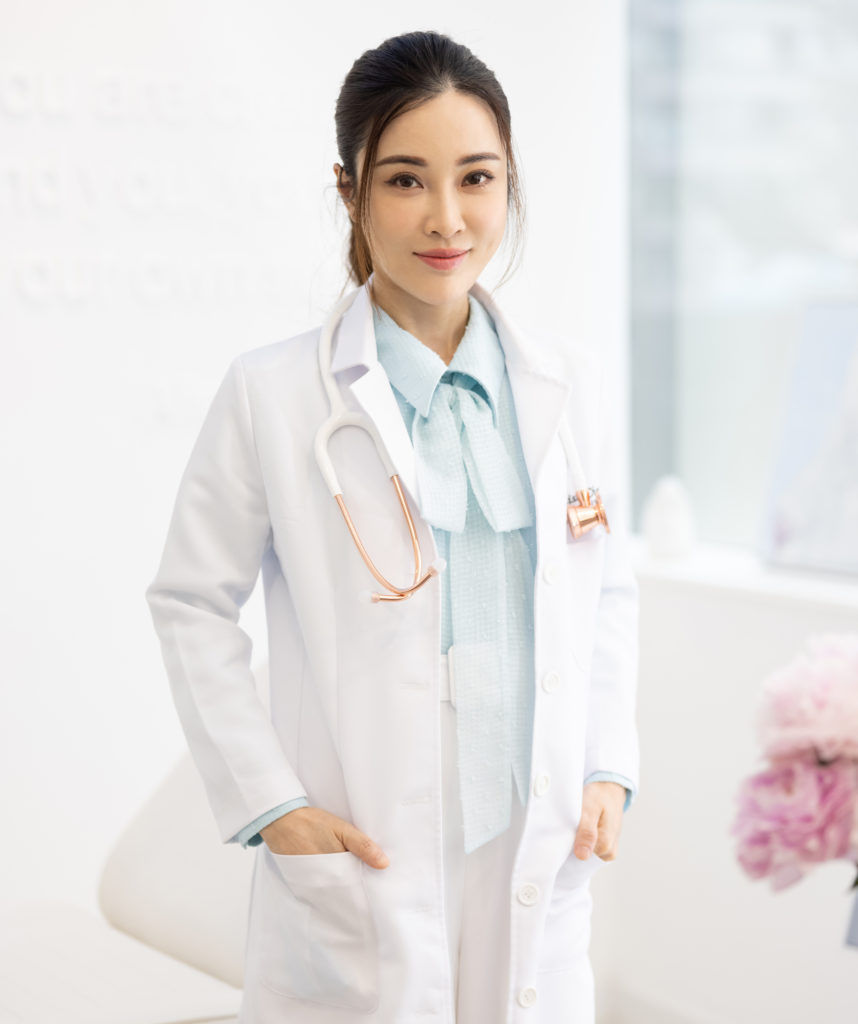Eying up: Dr Lisa Chan Shares Remedies for Tired and Old-Looking Eyes


The focal points of our faces, our peepers often seem older or more tired than they really are. Dr Lisa Chan lists possible solutions.
They’re the windows to our souls, the feature people often notice first when they look at our faces. No wonder, then, that eyes have inspired countless romantic poems and love songs down the centuries.
Eyes are also one of the most unchanging elements of our appearance. Our waistlines may grow, our hair may thin and our foreheads may wrinkle, but the eyes remain much the same from childhood to old age. They retain our youthful zest and spirit to our final days.
A healthy lifestyle and a good diet will help them keep their sparkle. But, in the same way that a beautiful painting is diminished by a shoddy frame, the eyes can appear to lose their natural lustre and appear older and wearier because of the skin they’re set in.

Here are six common issues that can age our eyes, and the mostly straightforward and non-invasive treatments that can reverse and eliminate their effects:
• EYE BAGS: Sagging skin below the eyelids. This can be addressed with lower blepharoplasty, a type of surgery that removes and/or repositions the fat under the eyes and, if necessary, the redundant lower eyelid skin. Successful treatment of this kind can last for five to seven years to a lifetime. While lower-eyelid surgery is an effective, lasting treatment for eye bags, dermal fillers may also be used to achieve smoother volume under the eyes and address dark circles in some cases. Energy-based devices can also tighten lower eyelid skin, improving eye bags in patients who don’t want to undergo surgery.
• TEAR TROUGHS: A groove that forms between the lower eyelid and the cheek. This can be dealt with through dermal fillers or with biostimulator injections to firm up the skin and give it greater volume. In more extreme cases, surgical cheek and tear trough implants are an option.
• STATIC FINE LINES: Lines around the eyes resulting from a natural loss of elasticity and collagen through ageing. These can be treated with skin scaffolding – tissue-engineered skin substitutes – that encourages the regeneration of collagen and improves the texture of skin.
• DYNAMIC WRINKLES: Laughter lines or wrinkles around the eyes that appear when we laugh, smile or frown. Botulinum toxin injections can make these fade.
• DARK CIRCLES: Circles and discolouration below and above the eyes. This can be solved with the use of skin-brightening techniques, including laser treatment or intense pulsed light to lighten the skin and promote the regrowth of collagen. Chemical peels and hyaluronic acid injections can also be used for patients who also have tear troughs. Depending on the severity of the circles, treatments range from something as simple as tea bags over the eyes in mild cases to medical tattoos for extreme cases.
• EYEBROW AND EYELID PTOSIS: Drooping of the eyebrows or eyelids. With eyebrows, this condition can affect the ability to raise the eyebrows. It’s caused by a loss of balanced between opposing muscle groups known as elevators and depressors that move our eyebrows up and down. It can be treated with lasers, thread lifts to the eyebrows or botulinum toxin to relax frown muscles and depressor muscles. With eyelids, drooping may be barely noticeable or so extreme that it affects normal vision. Monopolar RF (radiofrequency) treatment can stimulate collagen production around the eyes. Another option is surgery to tighten the eyelid muscles, in some cases using blepharoplasty and removal of excess skin folds and fat at the same time.
Always consult your doctor before considering any treatments of this kind – and remember that exercise and a sensible diet will help your eyes look healthy. Minor treatments to remove imperfections in the skin surrounding them can further enhance their appearance.
Our eyes are the reservoirs for a lifetime of experience. They uniquely reflect our inner lives, giving an insight into our hopes, dreams, and characters in a moment’s glance. By making sure our eyes look their brightest and best, we can make that moment count.
Read more about Dr Lisa Chan’s educational articles here.